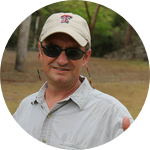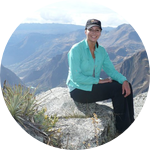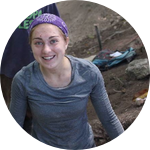About This Project
The late colonial period in Belize is one of the country's least studied periods of history from an archaeological standpoint, yet it represents a fascinating case study in cultural contact. Two sites in the Belize Estates Archaeological Survey Team's (BEAST) permit area may help us learn more about this intriguing period of history. Are late colonial period artifacts and features preserved at two sites in the jungles of northwestern Belize?
Ask the Scientists
Join The DiscussionWhat is the context of this research?
These proof of concept investigations, if successful, will be part of a larger collaborative project that will investigate four late colonial sites--one Maya, one British, and two ex-Confederate--in two separate permit areas.
In the late 1880s, a corner of the former heartland of the ancient Maya that had been abandoned for over 1,000 years, became the arena for contact between Maya people fleeing the Caste War in Mexico, British loggers and their workers, and a handful of ex-Confederates who had moved to Belize at the end of the American Civil War.
Almost everything that is known about this period of cultural contact is the colonial retelling of events, and those accounts are likely biased. Missing from the narrative are the experiences of the Maya and the ex-Confederates.
What is the significance of this project?
Using a combination of archival work and archaeological testing, BEAST will determine if the data we need to answer questions about cultural interaction between the Maya, the British, and the ex-Confederates are preserved at two of the four sites to be investigated by the larger, collaborative project.
If we can locate intact features, architecture, or artifacts dating to the late 1800s at Qualm Hill, a British logging camp that was on the western frontier of England's colonial reach, and at Kaxil Uinic, a Maya village settled in the 1880s, then we can begin to formulate important questions about the level and nature of interaction between these very different groups of people with radically divergent backgrounds and expectations.
What are the goals of the project?
The first step in our research will be to research records on file at the Belize Archives, Yalbac Ranch, and Gallon Jug Ranch for information on the two sites. The results will inform our expectations regarding site size, site occupation sequence, and probable locations of deposits related to the time period in question.
Step two will be to conduct archaeological survey, mapping, and testing at the two sites. The sites are in forested areas and will require some vegetation clearing of undergrowth. We will establish 25-x-25-meter grids across the sites and systematically inspect the surface for artifacts and architectural features. Metal detectors will aid in identifying historic material. We will employ shallow strip trenches in areas where artifacts concentrations or architecture is found.
Budget
Funding is requested to cover the cost of the Project Director and one graduate student to conduct archival research in late March or early April. This includes airfare, hotel rooms, food, vehicle rental, and gas.
Funding is requested to hire local workers to assist with site clearing and excavations during fieldwork.
The bulk of the fieldwork costs will be covered by other funding sources.
Meet the Team
Team Bio
Brett A. Houk, the project director for the Chan Chich Archaeological Project and the Belize Estates Archaeological Survey Team, has over 20 seasons of experience surveying and excavating Maya sites in northwestern Belize and is the author of Ancient Maya Cities of the Eastern Lowlands, which will be published in April 2015 by University Press of Florida. Houk was part of the team that re-located the Maya village of Kaxil Uinic in 2012 and the British logging camp of Qualm Hill in 2015.
Brooke Bonorden is a graduate student at Texas Tech University (MA '16) and Baylor University alumna (BA '13). She will serve as the Operation Director at Kaxil Uinic and Qualm Hill. Bonorden has participated in archaeological investigations at over a dozen prehistoric and historic sites across Texas, and was employed by the Ancient Southwest Texas Project at Texas State University prior to attending graduate school. Her thesis research will focus on interpreting the nature of British-Maya relations evident at Kaxil Uinic and Qualm Hill.
Bri Smith is a professional archaeologist based in Austin, Texas and a alumna of the Programme for Belize Archaeological Project. Smith will be a Suboperation Director at Kaxil Uinic and Qualm Hill.
Sarah Van Oss is an undergraduate anthropology major at Wooster College. A veteran of the 2014 Chan Chich Archaeological Project, Van Oss will direct the field laboratory and process the artifacts from Kaxil Uinic and Qualm Hill.
Brett A. Houk
Brett A. Houk, the Project Director, has over 20 seasons of experience in northwestern Belize and is the permit holder for the Chan Chich Archaeological Project and the Belize Estates Archaeological Survey Team. Houk has published in peer-reviewed journals on the archaeology of northwestern Belize and is the author of a book in press with University Press of Florida entitled Ancient Maya Cities of the Eastern Lowlands, which will be published in April 2015. He was part of the team that re-located the Maya village of Kaxil Uinic in 2012 and the British logging camp of Qualm Hill in 2015. He has published and presented papers on the topic
of colonial sites in western Belize.
Brooke Bonorden
Brooke Bonorden is a current graduate student at Texas Tech University (MA '16) and Baylor University alumna (BA '13). She will serve as an Operation Director for the 2015 field season of the Belize Estates Survey Team. Bonorden has participated in archaeological investigations at over a dozen prehistoric and historic sites across Texas, and was employed by the Ancient Southwest Texas Project at Texas State University prior to attending graduate school. Her thesis research will focus upon interpreting the nature of British-Maya relations evident at Kaxil Uinic and Qualm Hill.
Additional Information
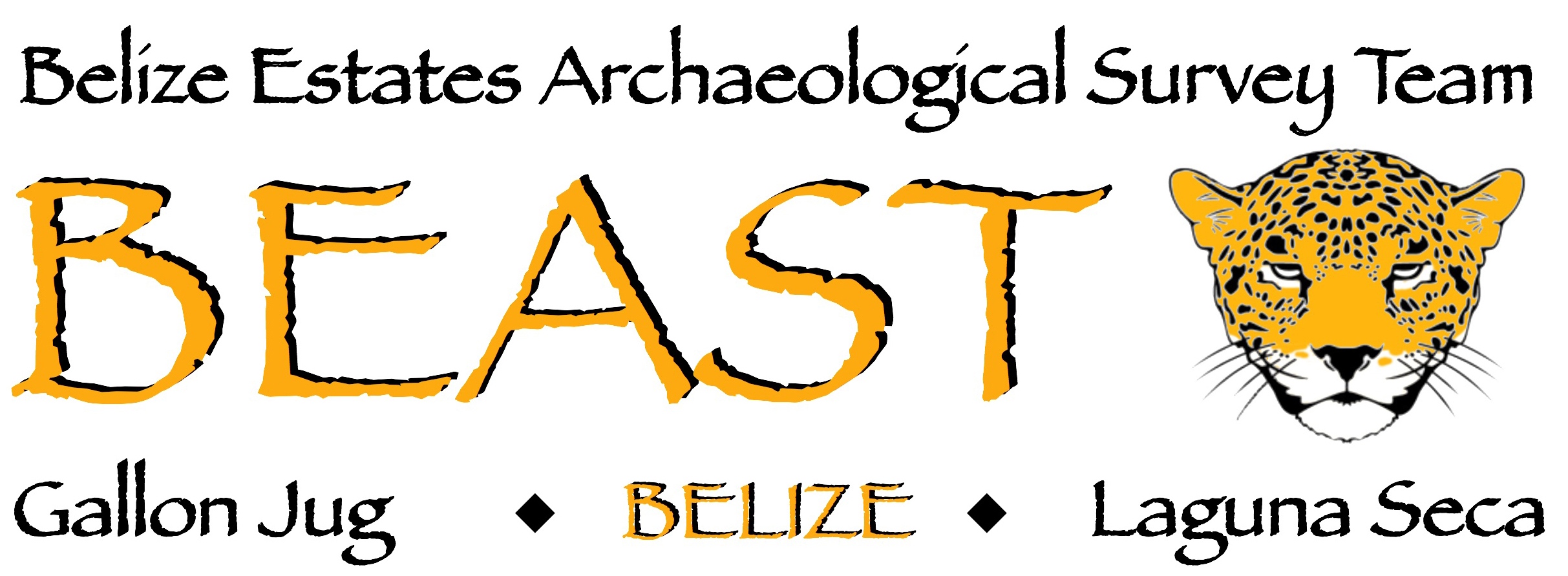

Map of Belize showing the locations of Kaxil Uinic and Qualm Hill, as well as San Pedro Sirís, the head town of the San Pedro Maya in the 1860s, and the two ex-Confederate sites, which are being studied by our sister project.
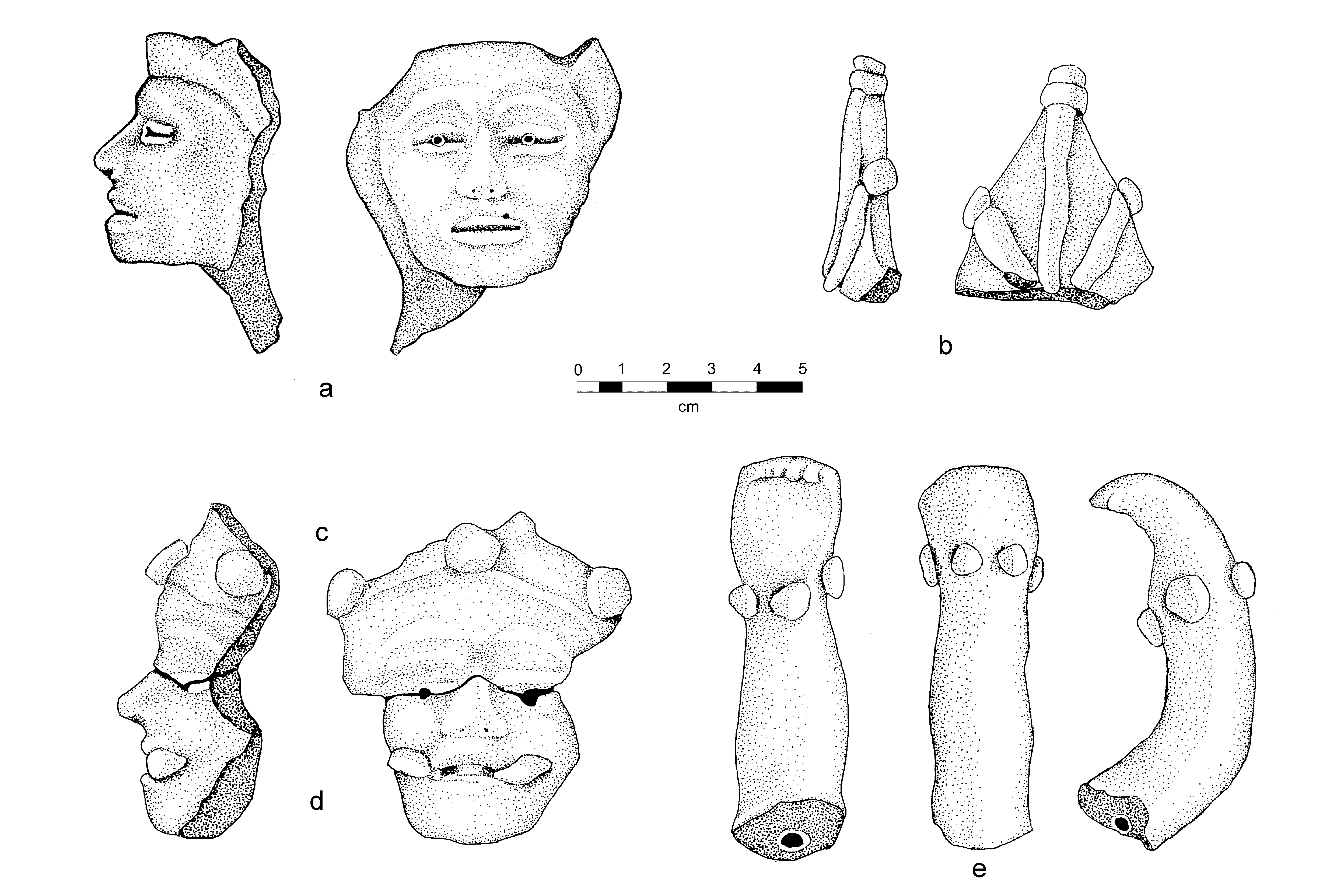
These incense burner fragments were found in 2012 during excavations of a Classic-period (ca. AD 800) Maya site near the historic village of Kaxil Uinic. The fragments are possibly colonial period artifacts, left by residents of Kaxil Uinic at the base of an ancient stela as an offering.
Project Backers
- 94Backers
- 101%Funded
- $6,075Total Donations
- $55.05Average Donation
